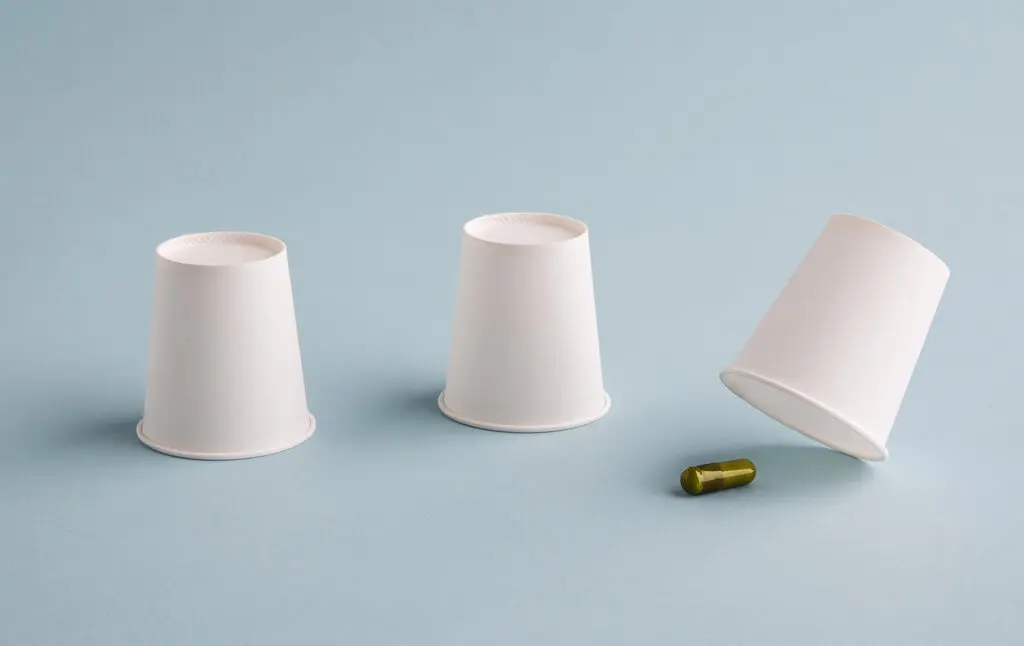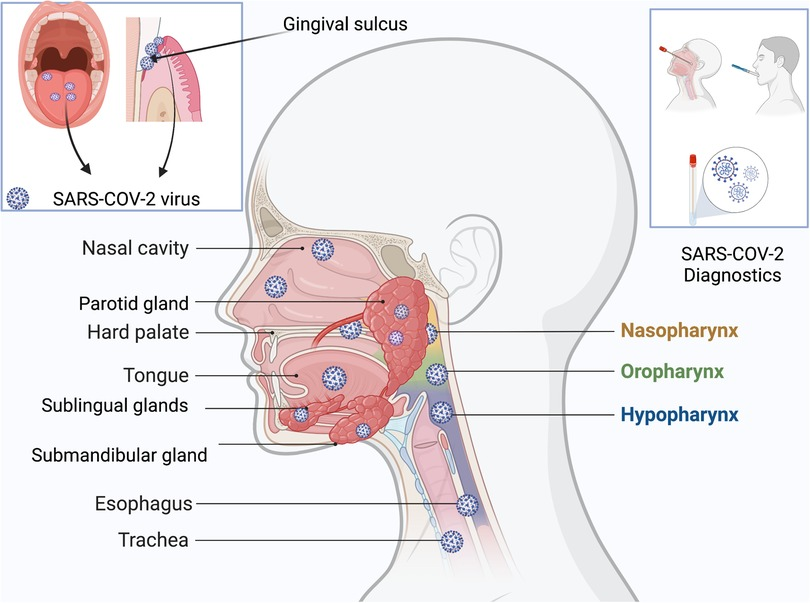Evidence of Horizontal Gene Transfer Between Human Maternal Microbiome and Infant Gut Microbiome

A new model of vertical microbiome transmission between mother and child has been reported. Researchers say microbes in the maternal gut share genes with those in the infant’s gut during the perinatal period directly following birth up to a few weeks postbirth.





